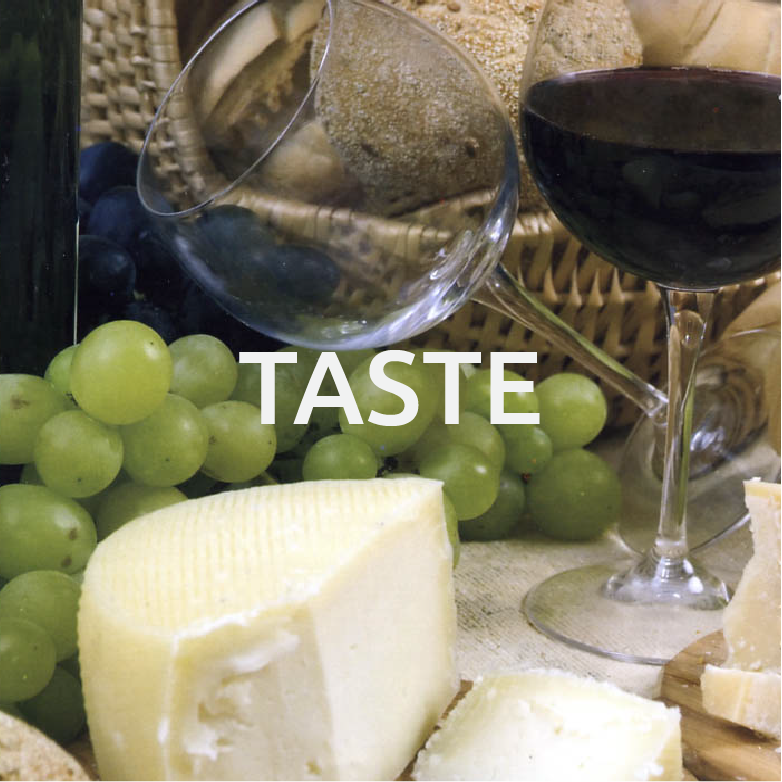To discover these places, which are not accessible every day of the year, we invite travelers to carefully plan their itinerary and do their research.
Given the flat nature of the area, the itinerary is also suitable for cycling.

PRACTICAL INFO
INFO
- Interests: Art and culture
- Duration: 48h
- Target: Groups, Friends, Couples
- When: All year round
ITINERARY
First stop, Bagnacavallo
Parish church of San Pietro un Sylvis
The ancient parish church of San Pietro in Sylvis, dating back to the 7th century, is one of the best preserved Romanesque parish churches in the Ravenna area and a classic example of exarchal architecture. Located along the Via dei Romei and a few steps from the historic center of Bagnacavallo, the parish church preserves interesting frescoes in the apse dating back to around 1320 and attributed to the master Pietro da Rimini, depicting Christ Pantocrator, the theory of the apostles and a crucifixion. Once entirely frescoed, today there are traces of works from the Ferrara school of the 15th century on the walls.
The sacred furnishings are completed by ancient noble coats of arms, a suggestive marble tabernacle dating back to the 8th century, Roman handle bricks and two altars dating back to the 6th-7th century.
The parish church is part of the Parish Churches in Bassa Romagna Itinerary
Second stop, Lugo
Oratorio di Croce Coperta
The Oratory of Croce Coperta in Lugo, rebuilt on a pre-existing 12th century site and consecrated in 1441, takes its name from toponyms linked to the road and hydrogeological structure of the site on which it stands. Passed to the ownership of various religious orders, in the 19th century it became the noble chapel of the Bolis counts.
The oratory is characterized as unique in the Romagna panorama due to its completely decorated interior. The large cycle of devotional frescoes, depicting the saints dearest to local popular religiosity, can be dated from the first half of the 15th century to the first decades of the 16th century, with additions requested in 1881 by the last owners. The stylistic motifs are of different origins and in some we find elements and elaborations of the late Gothic culture of various Po Valley areas.
Third stop, Lugo
Chiesa di Ascensione
The church of Ascensione is located in the town of the same name, a few kilometers from Lugo. It was “Founded on the 8th of October of the year 1534”, according to an epigraph found on the counter-façade during the renovation works of the years 1982-1984. At the time, traces of a pre-existing building dating back to the 15th century were also found.
Originally the apse was lit by three circular windows which were walled in to fresco the walls without interruption. Inside you can admire interesting frescoes dating back to the 16th century: the Ascension of Christ in the façade, his Resurrection on the south-east wall, the Descent of the Holy Spirit on the north-west wall and traces of frescoes depicting the life of Saint Peter on the walls of the nave.
Fourth step, Cotignola
Chiesa di San Francesco
The Conventual church of San Francesco dei Minori Osservanti of Cotignola was built in 1484 with the authorization of Pope Sixtus IV, and consecrated in 1495. Inside there are frescoes depicting two Angels holding the coat of arms of the Biancoli family, by an unknown sixteenth-century author, and the Pietà attributed to Gerolamo Marchesi, of which the sinopia remains in situ above the entrance door of the left side nave, currently located above the main altar. Note a lunette representing a 15th century Pietà signed by the Zaganelli brothers, the end part of an altarpiece, now in the Brera gallery in Milan.
In the body of the church there is the Sforza chapel, which pre-dates the church itself and is connected to it via the graceful loggia of the façade.
INFORMAZION OFFICES
Information office Bagnacavallo Information office Cotignola Information office Lugo












